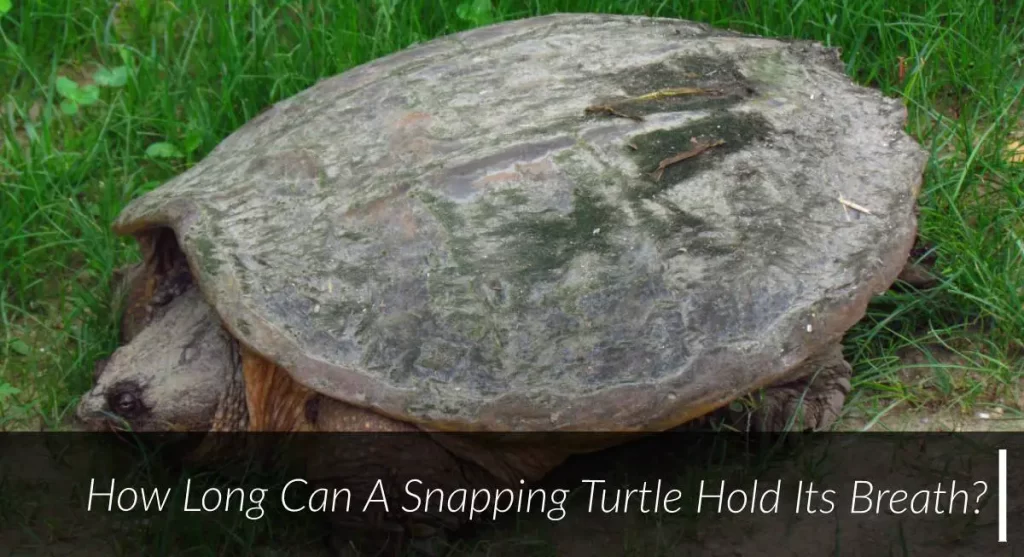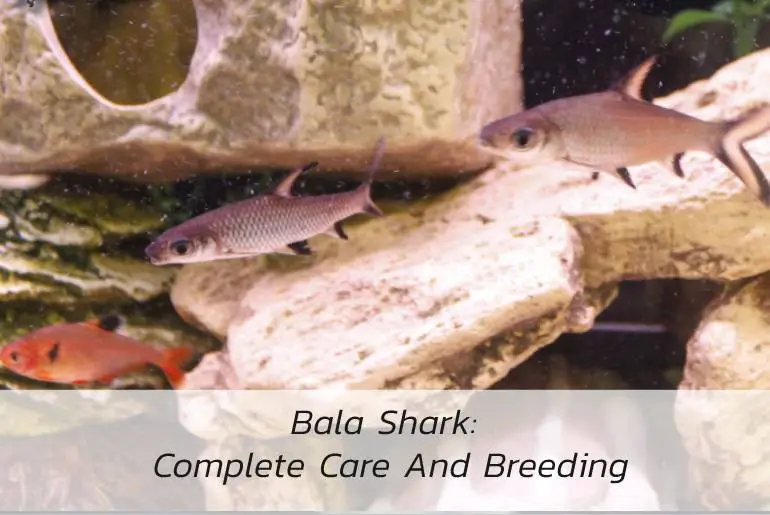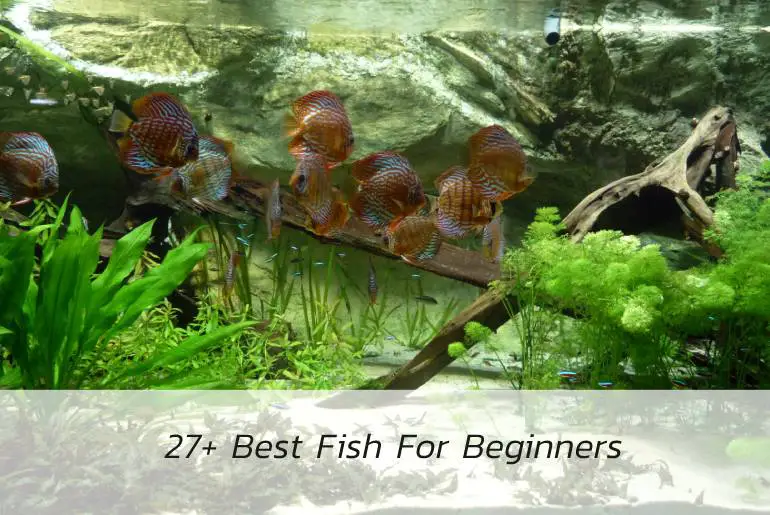Do you know how long a snapping turtle can hold its breath? Believe it or not, they can stay underwater for up to 30 minutes! In this blog post, we will provide some fun facts about snapping turtles and their behavior. If you are thinking about getting one as a pet, be sure to read this first!
Did you know that a snapping turtle can hold its breath for up to 30 minutes? That’s right – these creatures are designed to live in water and can stay submerged for quite some time. If you’re thinking about getting a snapping turtle as a pet, it’s important to know that they will need access to a large tank or pond.
Snapping turtles are unique in many ways. For example, did you know that they can grow up to two feet long? And their lifespan is quite impressive – they can live for over 100 years! If you are considering getting a snapping turtle as a pet, be sure to do your research first. These creatures require special care and attention, and they are not suitable pets for everyone.
About Snapping Turtles
Snapping turtles are one of the largest freshwater turtles in North America. They can grow to be over two feet long and weigh over 200 pounds! These turtles get their name from their powerful jaws and sharp beaks. They are not the easiest turtles to care for, but they can make great pets if you do your research first.
How Long Can A Snapping Turtle Hold Its Breath?
One of the most interesting things about snapping turtles is their ability to hold their breath for long periods of time. As we mentioned before, they can stay underwater for up to 30 minutes! This is because they have special adaptations that allow them to store oxygen in their bodies.
What Do Snapping Turtles Eat?
Snapping turtles are carnivores and will eat just about anything they can catch. In the wild, their diet consists of fish, frogs, snakes, and even other turtles! If you are planning on keeping one as a pet, you will need to feed them a diet of commercial turtle food or live fish.
How Do Does A Snapping Turtle Breathe?
Snapping turtles breathe through their lungs as we do. However, they can also absorb oxygen through their skin!
This is why it is so important for them to have access to clean water. If their environment is dirty, it can make it difficult for them to breathe.
Cloacal respiration is when a turtle breathes through its butt! This is how they are able to stay underwater for long periods of time.
How Does A Snapping Turtle Breathe Underwater?
As we mentioned before, snapping turtles can hold their breath for up to 30 minutes! But how do they do it?
It is all thanks to their special adaptations. Snapping turtles have large lungs that allow them to store oxygen. They also have the ability to absorb oxygen through their skin. This is why it is so important for them to have access to clean water.
Snapping turtles use their cloaca to breathe underwater (butt). With the help of dense blood arteries in the butt, the turtle diffuses oxygen in and carbon dioxide out using this mechanism.
However, there are times when even cloacal breathing procedures are insufficient to meet a turtle’s oxygen needs. During the winter, the lake’s surface freezes, for example.
Assume the winter is very lengthy and cold. In that instance, the amount of oxygen in the pond is limited, and the snapping turtles are unable to consume it.
The snapping turtles must therefore breathe without oxygen. So, what are their methods? Will they make it?
Can Snapping Turtles Breathe Without Oxygen?
Some turtles can hold their breath for up to four hours! However, this is not the case for all turtles. When the water temperature drops, their metabolism slows down and they can go longer without oxygen.
In extreme cases, when a turtle is unable to access oxygen, it will enter a state of dormancy called aestivation. This is similar to hibernation, but it occurs during the summer months when the temperature and water levels are high.
Aestivating turtles will bury themselves in mud or sand and remain there until the conditions improve. During this time, their heart rate will slow down and they will only breathe every few weeks.
While aestivation is a survival mechanism, it is not without its risks. If the conditions do not improve, the turtle will eventually die.
Aestivating turtles are at risk of dehydration and predation. They are also more susceptible to diseases.
It is important to remember that turtles are wild animals and should be treated as such. If you find a turtle in your yard, it is best to leave it there.
Turtles are fascinating creatures and can live a long time if they are properly cared for. If you have the space and resources to care for a turtle, then, by all means, go ahead! Just be sure to do your research first.
Breathing During Hibernation
When the temperature is low, a turtle’s metabolism will slow down and it can go for long periods of time without oxygen. This is why turtles are able to hibernate for months at a time.
During hibernation, a turtle’s heart rate will slow down and they will only breathe every few weeks. This helps them to conserve energy and survive the winter.
It is important to remember that turtles are wild animals and should be treated as such. If you find a turtle in your yard, it is best to leave it there.
Can Snapping Turtles Drown?
Yes, snapping turtles can drown. This is why it is so important for them to have access to clean water. If the water is too dirty, they will not be able to breathe properly and may eventually drown.
Snapping turtles are also at risk of drowning if they are caught in a net or trap. This is why it is important to be careful when handling them.
FAQ
Are Snapping Turtles Endangered?
The good news is that snapping turtles are not currently endangered. However, their populations are declining in some areas due to habitat loss and hunting.
If you live in an area where snapping turtles are found, you can help them by keeping their habitats clean and free of pollution.
How Long Do Snapping Turtles Live?
In the wild, snapping turtles can live up to 30 years. However, most turtles do not make it to this age. Turtles in captivity tend to have a shorter lifespan due to the stress of living in an unnatural environment.
The oldest known snapping turtle was 52 years old when she died in 2004. She was named Emily and lived in Australia.
Conclusion
We hope you enjoyed learning about these fascinating creatures! We think they make great pets for those who are willing to do the research and provide them with proper care. Snapping turtle can live for many years and hold their breath longer if they are well cared for, so be sure to give them the love and attention they deserve!
Do you have a snapping turtle? Share your story with us in the comments below!
We hope you enjoyed this blog post. If you have any questions, feel free to ask us in the comments below. Thanks for reading! Until next time, take care!






